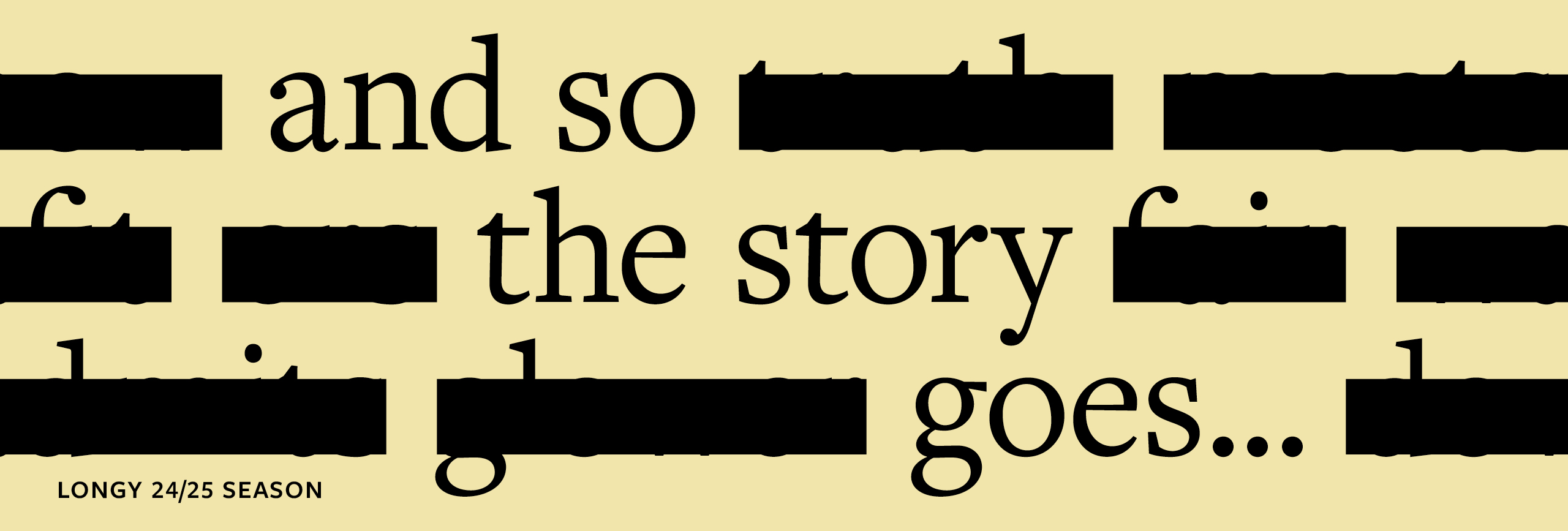Mozart:
Mozart’s 41st Symphony (nicknamed “Jupiter” by London impresario Johann Peter Salomon) is a piece of bold and jovial qualities. It is the largest and most complex of his symphonies, composed in the key of C major. C major, in the time of Mozart, was often regarded as being formal, as well as associated with High-Church ceremonies and court pomp. Reflecting Mozart’s Don Giavanni, the first movement has a striking intensity in its sonata-form. Three prominent characters appear in the movement: the first, a brawny and bold opening recalling the Austrian-Turkish antagonism often interfering with Mozart’s concert undertakings. Second, a tender, lyrical theme by the violins and woodwinds. Third, another take over by the violins, providing a cheeky melody taken from the comic aria “Il bacio di mano”. The symphony, regarded by many as a cornerstone of classical writing, has secured Mozart on a seat amongst masters.
Ellington:
Duke Ellington’s Black, Brown and Beige was premiered in 1943 at Carnegie Hall and has come to be seen as an innovative political and social statement and one of the first attempts to move African-American arts from the popular realm into the artistic realm.
Originally, the piece had mixed reviews and Ellington found himself under attack from both classical music critics such as Paul Bowles and jazz figures such as John Hammond, both of whom criticized him for attempting to work in longer forms. The work’s initial reception, coupled with its unavailability for several decades, left it in limbo.
Ellington had been experimenting with long-form composition since the mid- 1930s. “Black,” the first movement, represents the antebellum South. “Brown” represents the late 19th to early 20th centuries, post Emancipation. Finally, “Beige” represents the present for Black Americans. Each work then divides into smaller sections.
Musically, this three-part suite depicted black people brought to America to work as slaves, fighting in wars on behalf of the country that had enslaved them, and searching for a new and better life in the decades following the Civil War. In so doing, Ellington hoped to give African-Americans a deeper historical sense of themselves that would translate into an enhanced modern-day sense of identity. In their essay “Race And Narrative In ‘Black, Brown And Beige,'” Lisa Barg and Walter van de Leur write:
Through its successive themes, its restless progression of transitions and modulations, and its sudden changes in tempi and meter, Ellington sought to “parallel” the monumental movements, migrations, and ruptures in racial time and space that have characterized African-American historical consciousness. In blurring the boundaries between myth and history or memory and history, Ellington‘s narrative underscores the epistemological problems of “history” for peoples whose voices and experiences have been erased (or repressed) from official white histories.
When Duke Ellington passed away in 1974 at the age of 75, very few people had ever heard Black, Brown And Beige in its entirety. In 1988, a new premiere, arranged by Keith Horton, was given by Sacramento by the Camellia Symphony and was very well received.
Rossini La regatta:
In the first movement, the pianist uses triplets adding crescendos, and quarter notes with the vocalists, who have extreme vibrato, and each line would end with a decrescendo of her last words before going back to mezzo forte.
In contrast, the second movement features the pianist and vocalist starting in unison. Later, the pianist has chords along with 16th notes. When the vocalist finishes her lines with intense fortissimo the pianist takes over the solo, changing to harmonic melody. At the finale, the pianist picks tempo before slowing down and arriving at the finale chords with forte dynamics
Handel:
After the struggles of war and heartbreak, Cleopatra triumphantly sings this aria at the end of Handel’s Guilio Cesare. She discovers her love Cesare is alive and uses the metaphor of a ship tossed at sea to convey her conflicting emotions.
Da Tempeste, from Giulio Cesare
Da tempeste il legno infranto,
se poi salvo giunge in porto,
non sa più che desiar.
Così il cor tra pene e pianto,
or che trova il suo conforto,
torna l’anima a bear.
The ship shattered by storm
If it then reaches safely a port,
doesn’t know what else to desire.
Thus between pain and a weeping heart
now that it finds its comfort
again makes the soul happy.
“Acerba voluttà,” from Adriana Lecouvreur by Cilea
is an opera is based on the life of the French actress Adrienne Lecouvreur (1692–1730). The majority of the characters and events are fictional, although some are based on historical figures. It was first performed in November 1902 at the Teatro Lirico in Milan.
This aria features the Princess du Bouillon as she anxiously awaits her lover. At first glance, the story of the Princess du Bouillon is not one of resilience—she does not resist temptation and is
having an extramarital affair. She is consumed by jealousy and wavers back and forth emotionally throughout the course of her aria. The princess is not a very likeable character.
There is one aspect of the princess that remains constant: she always returns to hope. She may be imperfect, but she is hopelessly in pursuit of real love. No matter the cost to her reputation, she is willing to risk it all for the chance at a life of happiness. In a time period where women were expected to quietly succumb to depression out of the public eye, she instead resolves to follow her heart.
Duruflé
Duruflé was no stranger to war and lived in a world forever altered by two world wars. He was one of a few French composers commissioned in May 1941 by the Vichy Regime (Nazi collaborators) for quite a bit of money. He decided to write a Requiem and was still working on it in 1944 when the Vichy Regime crumbled—it was completed in 1947. He drew on the Gregorian “Mass for the Dead” as inspiration and he dedicated the work in memory of his father.
The solo for Mezzo-soprano, Pie Jesu uses the simple text below:
Pie Jesu Domine, Dona eis requiem. Pie Jesu Domine, Dona eis requiem sempiternam.
Pious Lord Jesus, Give them rest. Pious Lord Jesus, Give them everlasting rest.
The history of the piece itself is not one of remark—he was commissioned and chose to write a Requiem (and for Nazi supporters no less—even though he was not a supporter himself), but his path to becoming a musician is of note. His parents decided at a young age to send him off to a sort of musical boarding school where the boys’ daily activities — lasting 14 to 18 hours — were prayer, meals in silence, supervised recreation, piano and solfège classes, choral rehearsals for services, singing at services, nonmusical classes, and more choral rehearsals. He later was forced out of his private lessons with his teacher—Tournemire. His path was not a direct one, but he eventually became known for pairing Gregorian chant-inspired melody with nontraditional harmonies. His Requiem is stunning in its simplicity and offers a prayer of solace to those facing the atrocities of war.




